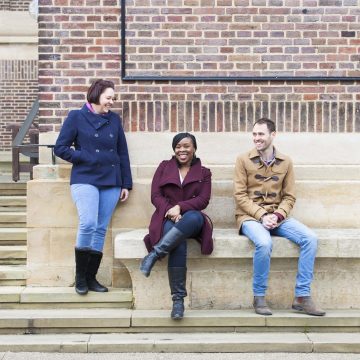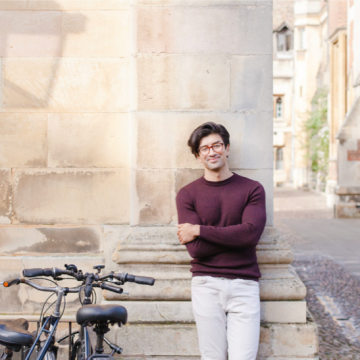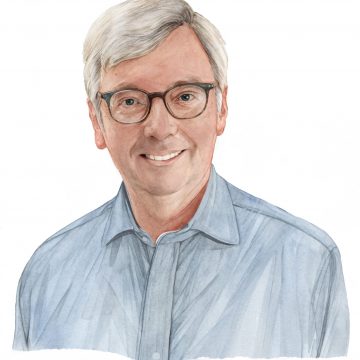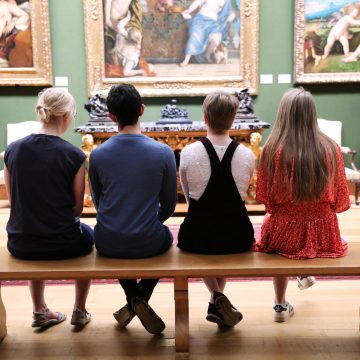Leaving a legacy
Leaving a legacy has a long-term, extraordinary impact, enabling Cambridge to do more, whether that is in providing support to students or pushing forward the boundaries of scholarship and knowledge.
From establishing a professorship to helping disadvantaged students succeed, leaving a legacy can have long-term, extraordinary impact.
Take funding for vital, blue sky scientific innovation, for example. After Dr Harold Aspden (Trinity 1950), IBM’s Director of Patent Operations in Europe and a dedicated scientist, died in 2011, his wife Wendy made provision in her will for the establishment of a new Professorship in the Department of Physics. As a result, the £2.5 million legacy gift she left established the Aspden Professorship of Fundamental Physics in her husband’s memory.
“This most generous gift enables us to pursue a vision of the physics of the future – one dominated by quantum science – in a way that would simply not otherwise have been possible,” says Malcolm Longair, Emeritus Jacksonian Professor of Natural Philosophy. He points out that to make significant discoveries – that change the way we think about the world – takes a long time, and the investment in the longer-term future is paramount.
“Recall the case of JJ Thomson’s discovery of the electron of 1897. The whole of the semiconductor industry depends upon that discovery, although that could not be foreseen at the time. We expect to appoint an outstanding physicist to the Aspden Professorship, with a vision for what will be the new physics and technologies 10, 20 or more years from now. The ability to appoint a brilliant scientist to carry out their own research, unconstrained by the need to be immediately useful to society, is a truly wonderful gift.”
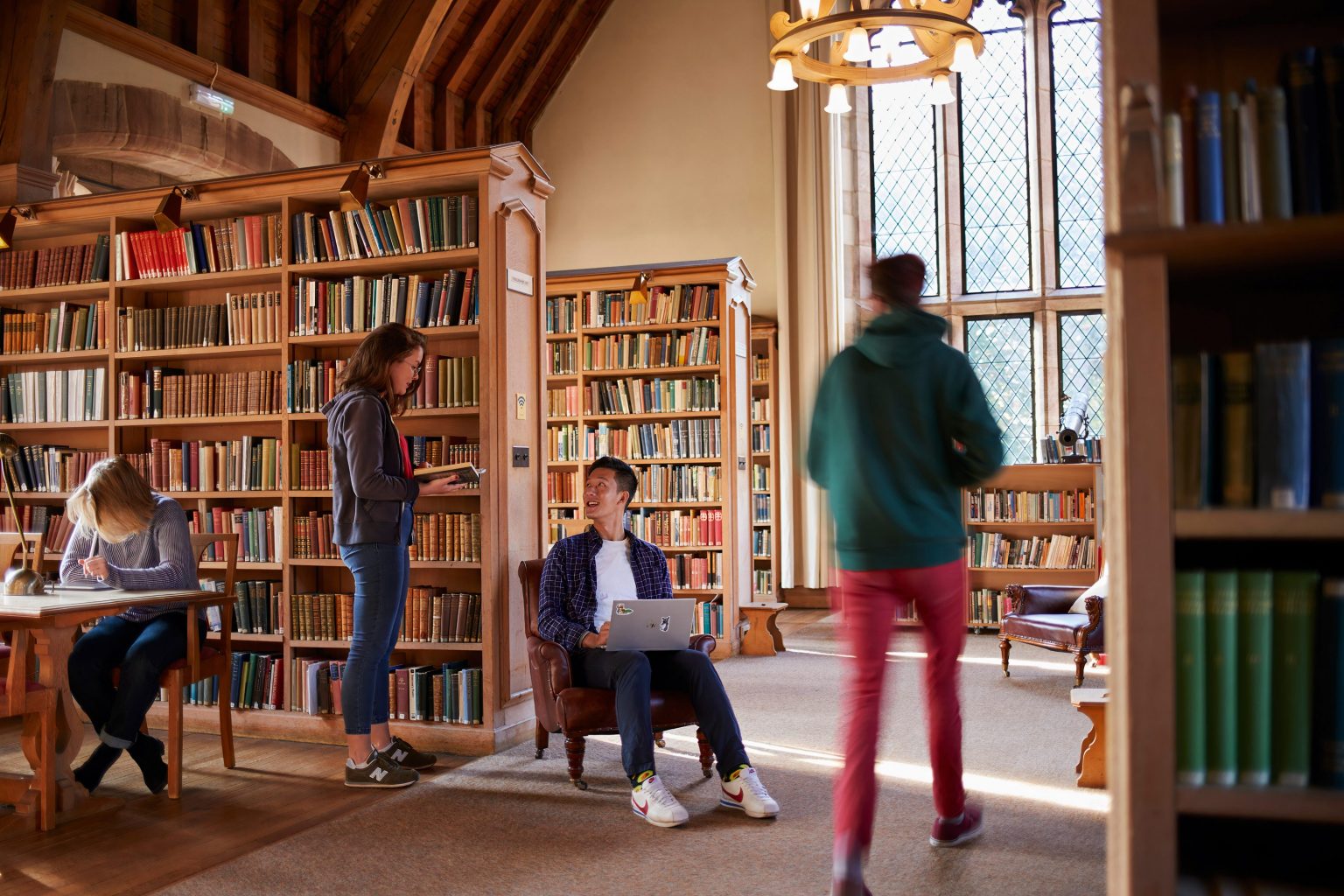
Dr Emma Cornwall is Girton’s Development Officer for alumni relations and legacies, and says these gifts are a vital part of University life. “Every step of the way, legacies have enabled us to do more – award more scholarships, bursaries and prizes, establish more Fellowships, expand the estate and grow our special collections,” she says. “And our future, every bit as much as our past, depends on the generosity and forethought that drives this form of giving.”
Rosalie Crawford (Girton 1949) was also focused on a better future when she left two-fifths of her estate to Girton College and a further two-fifths to the University. “Each year, brilliant students are unable to take up their offers, or are deterred from applying at all, due to lack of funding,” says Cornwall. “The University’s ambition is that any talented scholar, no matter their background or financial circumstances, should have the opportunity to study at Cambridge, whether at undergraduate or postgraduate level. So, Rosalie’s generosity will be used to leverage partnership funding and increase the number of Postgraduate Scholarships available, meaning we can welcome and support more graduates than ever before. Their specialist knowledge and research is in great demand and so, with this gift, both students and wider society benefit.”
Leaving a legacy can also enable the giver to mark a lifelong interest by helping to protect and preserve for future generations. “Leaving a legacy to the Fitzwilliam Museum makes a lasting difference to the future of its work and collections,” says Jane Munro, Keeper, Paintings, Drawings and Prints at the Fitzwilliam Museum. “Small and large gifts left in wills help to preserve, protect, build and research the magnificent collection of works of art the Fitzwilliam holds and cares for.”
In 2019, antiquarian bookseller John Vaughan Hart gifted an outstanding group of drawings by French artists of the 18th to early 20th century, from artists including Paul Huet, Eugène Delacroix, Henri Cross and Aristide Maillol. They reflect Hart’s passion for the art of the period and complement the Fitzwilliam’s existing collection of French drawings.
Hart also left a £20,000 gift with the instructions that it should be used to purchase further French drawings. Thanks to this, the Museum has acquired a strikingly vivid coloured chalk drawing, A Roma Woman, by the French artist Georges Dorignac (1879-1925). Dorignac’s figure drawings are rare and show a remarkable mastery of line and form.
“A legacy such as Mr Hart’s represents an extraordinary gift – the gift of trust,” says Munro. “It acknowledges that a world-class collection such as the Fitzwilliam’s can never be static. And it signals a confidence that, within the stipulated parameters of the legacy, acquisitions made by the museum will ensure that the collections remain meaningful and relevant to future generations, to be enjoyed by all.”
You can find out more about how to leave a gift in your will to Cambridge by visiting our website or contacting your College’s Development Office.

